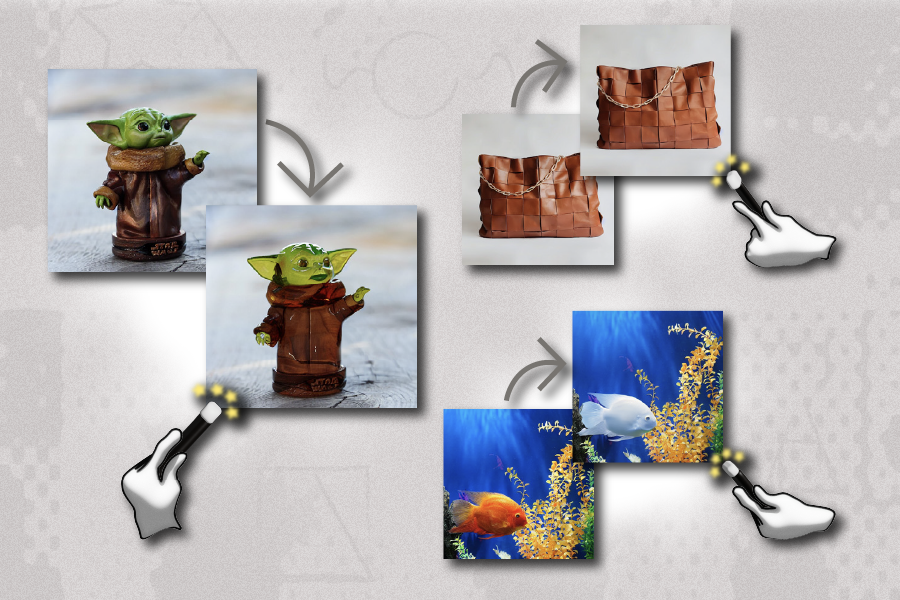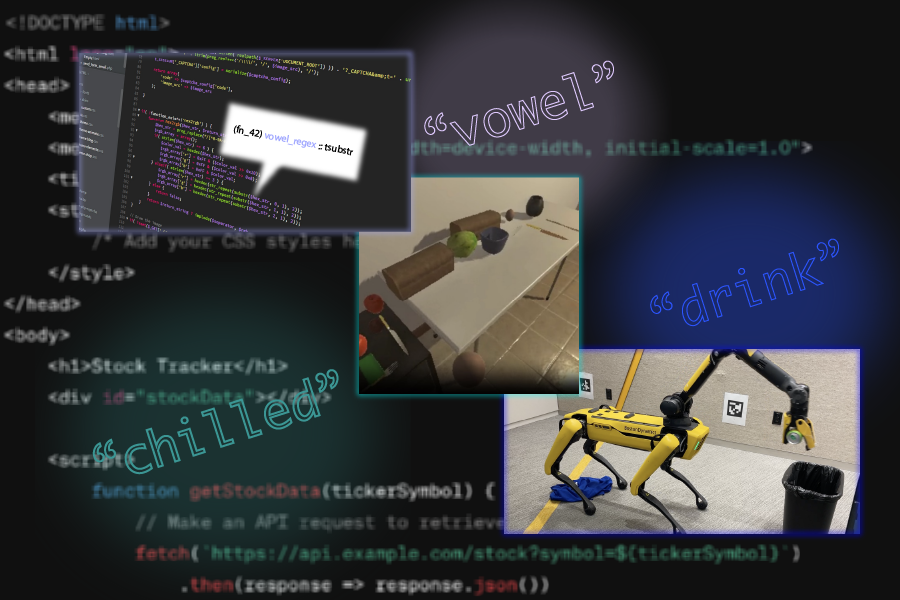-
MIT researchers advance automated interpretability in AI models
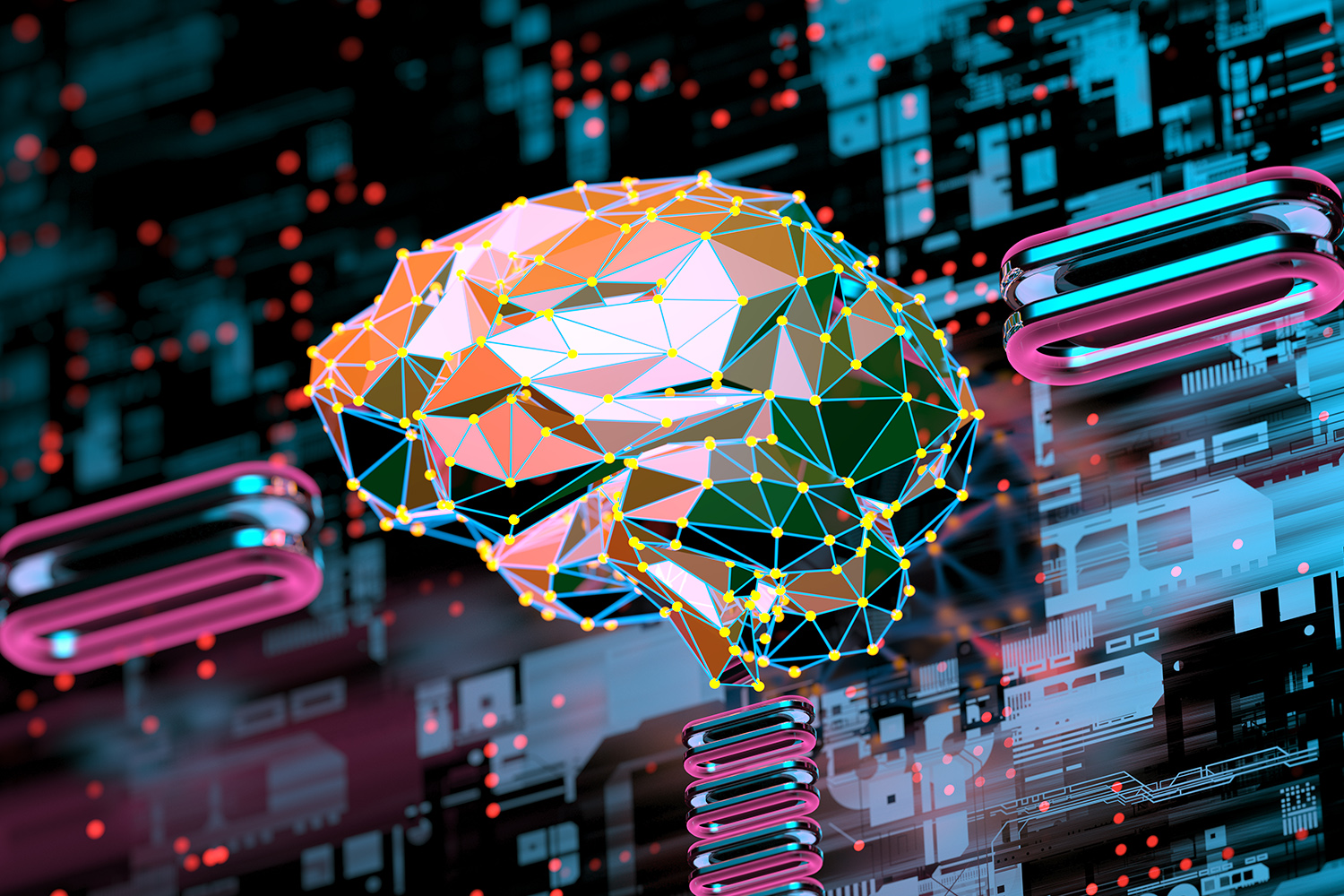
As artificial intelligence models become increasingly prevalent and are integrated into diverse sectors like health care, finance, education, transportation, and entertainment, understanding how they work under the hood is critical. Interpreting the mechanisms underlying AI models enables us to audit them for safety and biases, with the potential to deepen our understanding of the science…
-
Reasoning skills of large language models are often overestimated
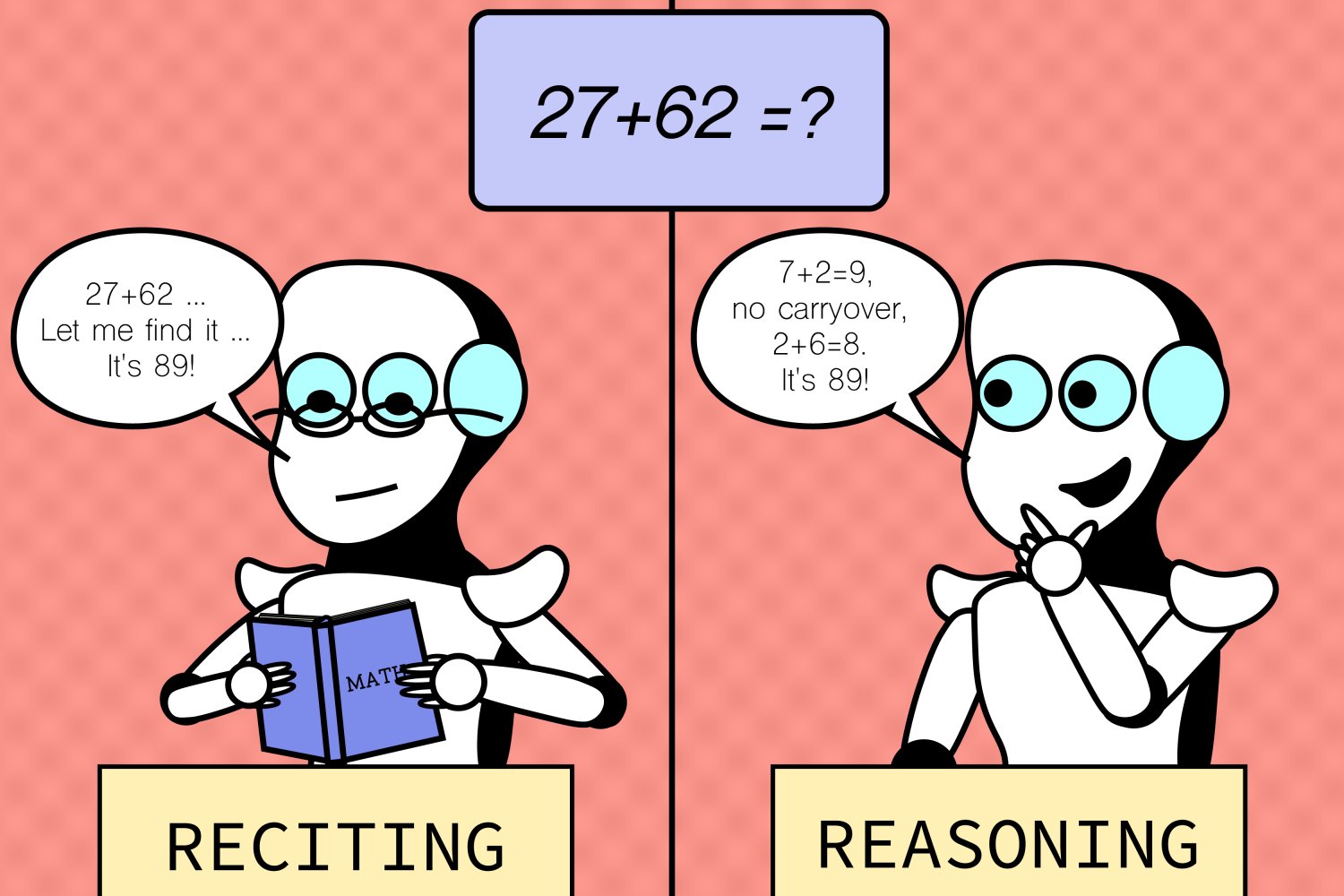
When it comes to artificial intelligence, appearances can be deceiving. The mystery surrounding the inner workings of large language models (LLMs) stems from their vast size, complex training methods, hard-to-predict behaviors, and elusive interpretability. MIT’s Computer Science and Artificial Intelligence Laboratory (CSAIL) researchers recently peered into the proverbial magnifying glass to examine how LLMs fare…
-
Understanding the visual knowledge of language models
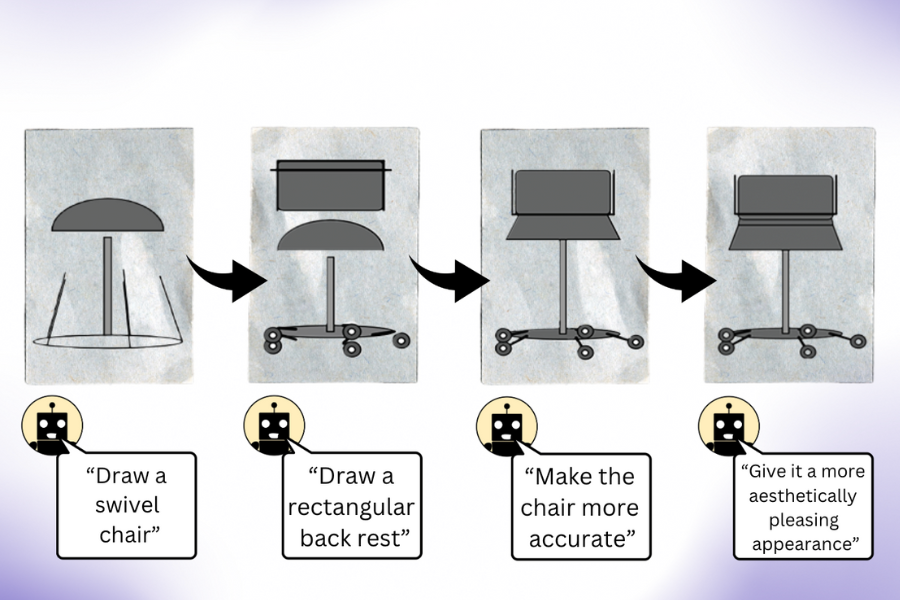
You’ve likely heard that a picture is worth a thousand words, but can a large language model (LLM) get the picture if it’s never seen images before? As it turns out, language models that are trained purely on text have a solid understanding of the visual world. They can write image-rendering code to generate complex…
-
New algorithm discovers language just by watching videos
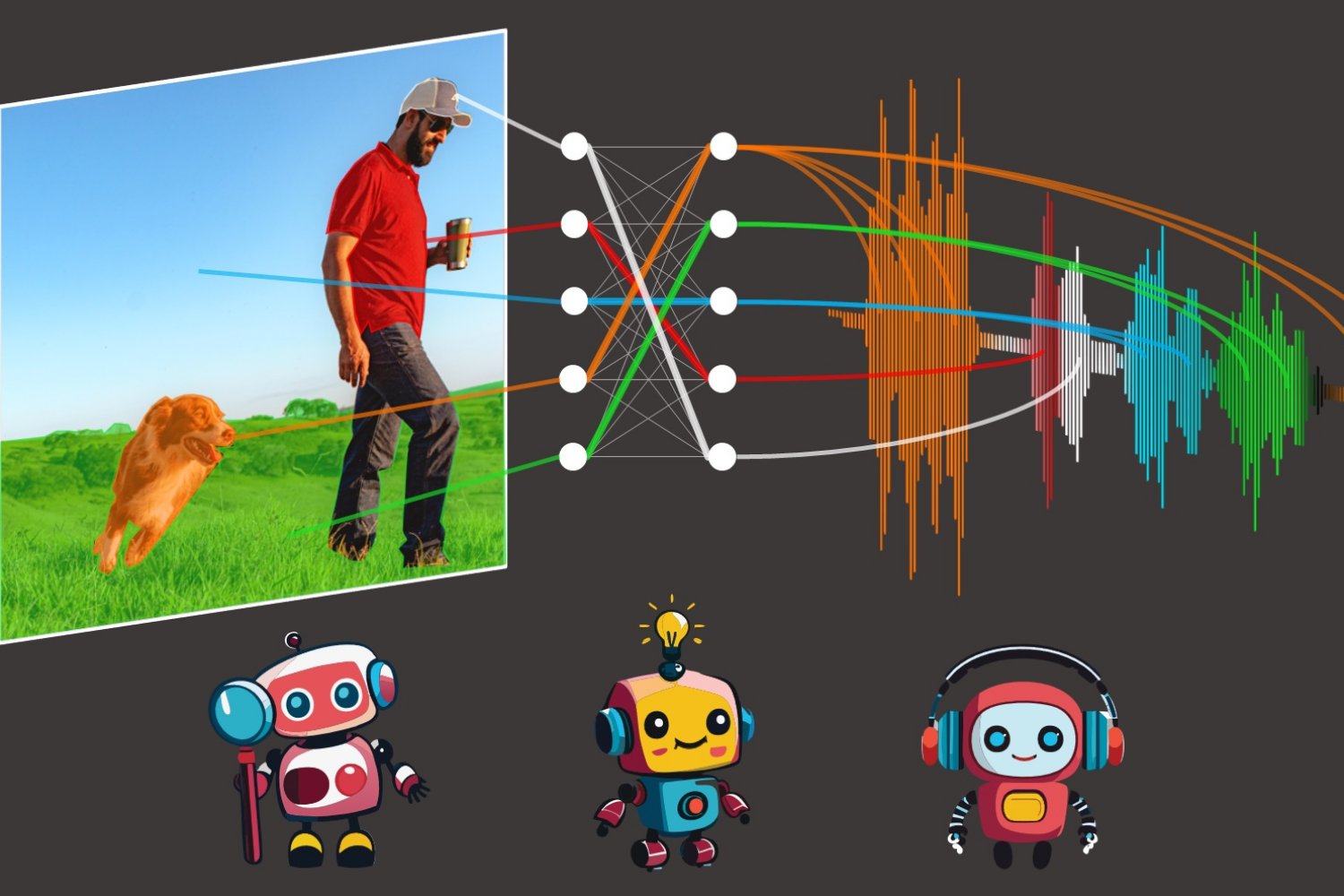
Mark Hamilton, an MIT PhD student in electrical engineering and computer science and affiliate of MIT’s Computer Science and Artificial Intelligence Laboratory (CSAIL), wants to use machines to understand how animals communicate. To do that, he set out first to create a system that can learn human language “from scratch.” “Funny enough, the key moment…
-
Creating bespoke programming languages for efficient visual AI systems
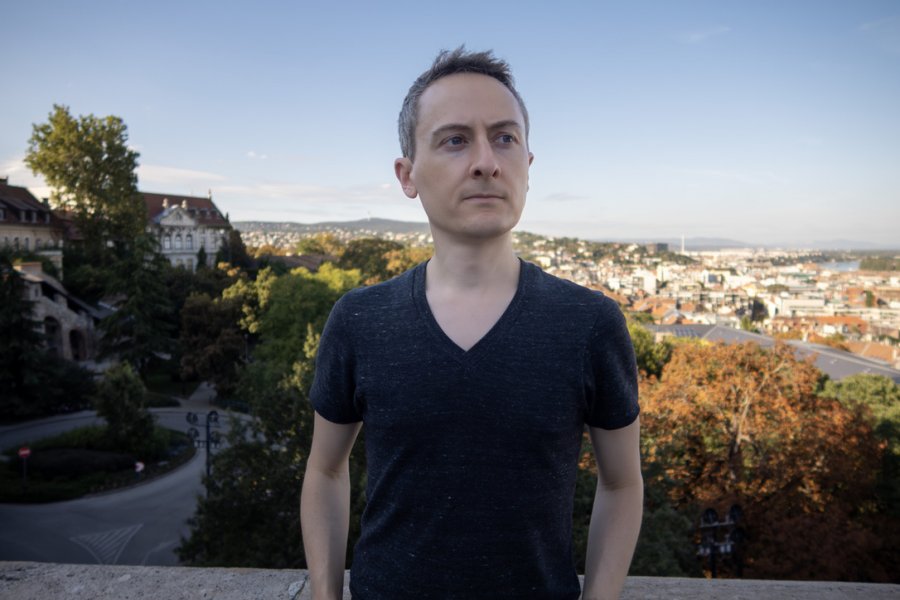
A single photograph offers glimpses into the creator’s world — their interests and feelings about a subject or space. But what about creators behind the technologies that help to make those images possible? MIT Department of Electrical Engineering and Computer Science Associate Professor Jonathan Ragan-Kelley is one such person, who has designed everything from tools…

